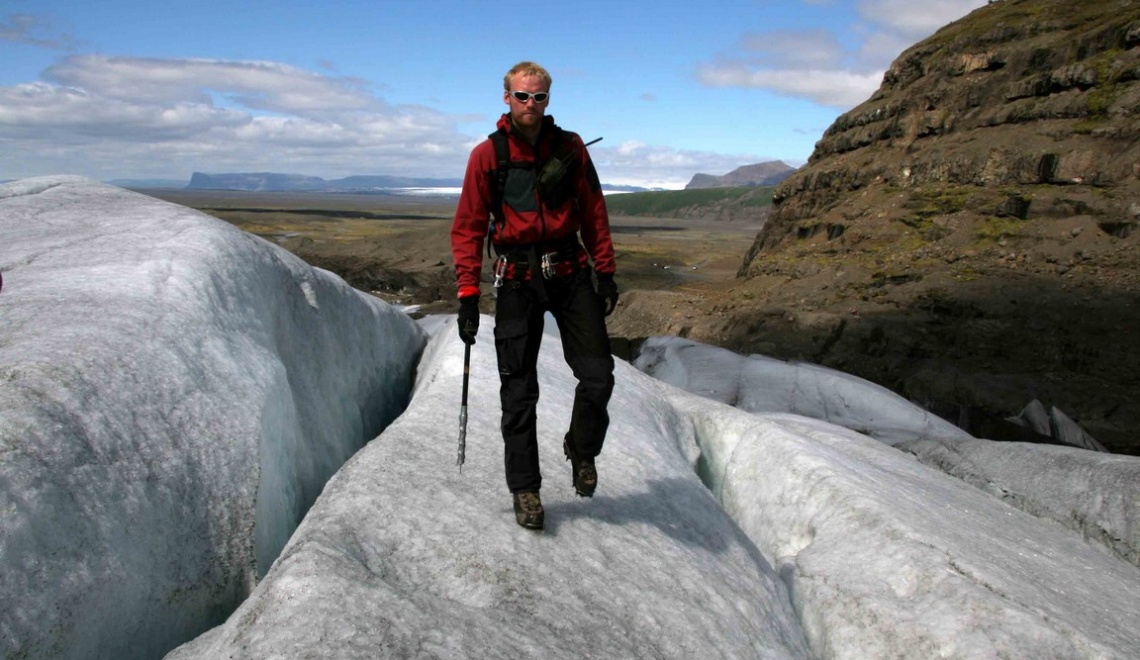
Dominating the south coast and highlands of Iceland, Europe?s largest glacier majestically stretches its tongues of ice and ash between mountains of black basalt. A moment of grace in an ever-changing polar landscape.
At 1,000 metres thick and covering 8,300 km², Vatnajökull - Icelandic for "water" and "glacier" for "jökull" - is the largest glacier in Europe and the third largest in the world. The first is the Antarctic ice cap and the second the Greenland ice cap. We approach it with respect. And also with a touch of apprehension. It's hard to forget that beneath this frozen mass lies one of the country's most active volcanoes, Grimsvötn. When it last erupted in 1996, the glacier melted several hundred metres. Initially held back by a rampart of rock and ice, the flood caused by the evacuation of the subglacial caldera led to cataclysmic flooding and mudslides, even lifting the glacier at certain points due to the enormous pressure. Lahars - or jökulhaup in Icelandic - tore off one of the fronts of the glacier that extends the Vatnajökull southwards, sweeping away its moraines and carrying bridges and roads all the way to the nearby ocean.
The guide reassures us: don't panic, the site is under constant surveillance.
After crossing the frontal moraine, dotted with slippery scree and crumbly lava, we put on our crampons. We approach Vatnajökull via one of its easily accessible tongues: Svínafellsjökull.
A few névés cling to the sheltered sides of the surrounding mountains. Progress on the glacier is slow at first. For two of the walkers, it was their first time and their steps were uncertain. The ice is somewhat pale, smeared here and there with ashen streaks spewed out by volcanoes and carried by violent winds from the immense deserts of the centre. Century after century, this volcanic dust is trapped between layers of fresh snow, slowly transformed into ice. This phenomenon is specific to Iceland and gives the ice its distinctive colour.
The first hour was a bit of a struggle, with an icy wind gusting out splinters of rain. A few blocks of basalt detach themselves from the neighbouring mountain, muffling the crunch of ice crushed by our crampons. We pass the first blackened ridges of the glacier tongue, straddling deep crevasses.
Then the walk continues on a gently sloping plateau, punctuated by a few narrower and steeper passages that force our guide to carve out the steps with an ice axe. The rain has stopped and the sun is making timid appearances. As the saying goes, "If the weather bothers you, wait five minutes". We skirt around the shallow pools. The larger ones dig a thread a few metres deep before flowing into mills with a blue hue worthy of the South Seas.
After a two-hour walk, a milky-white landscape stretches out before our eyes, somewhere between unreal and grandiose. Wisps of cloud veil the summit of the glacier, which is lost in the sky. "Where the glacier touches the sky, the land ceases to be terrestrial", wrote Iceland?s Halldor Laxness in one of his naturalist novels.
We finally arrive at our ice-climbing spot, a perfectly rounded cauldron with walls of bright ice veined with white, grey and blue. At the bottom, meltwater trickles down. Poorly drained, it lingers in puddles of varying depths, mirrors of the ephemeral reflected in Iceland?s ever-changing skies.
To keep climbers safe, three ice screws are screwed into the lip of the wall. With the outside temperature close to zero, there is no risk of them becoming dislodged. But our guide is keeping a discreet eye on them.
We take turns abseiling down the wall and climbing back up using our climbing axes. The ice is very hard and the climbers are quickly exhausted.
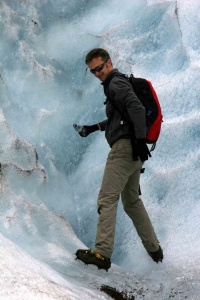
On the way back, we stopped off at another bluish-hued cauldron to fill our water bottles with cast-iron water. Very cool!
The descent takes a different route. Punctuated by a stop at the edge of a bottomless rift. Ahead of us, the glacier rolls down its tormented, bluish tongues, cascading down the black folds of the moraines. An unfinished rhythm of force and chaos that imposes silence.
Text and photos: Brigitte Postel
Icelandair operates daily flights from Paris to Reykjavik
www.icelandair.fr
Island Tours
http://www.islandtours.fr
01 56 58 30 20
Comptoir d?Islande
www.comptoir.fr
01 53 10 34 49
Glacier walking with Icelandic Mountain Guides
http://www.mountainguides.is/
Equipment: Crampons and ice axe provided. Bring good hiking boots, warm, waterproof clothing and water.
Like all the world's glaciers, Vatnajökull is dangerous. At the risk of ending your life in a crevasse, don't venture onto the glacier alone. But go without fear with the highly experienced guides of Icelandic Mountain Guides.
From June to September, it is possible to walk on several glacier tongues and, for the more experienced, to reach Iceland?s highest point, Hvannadalshnúkur (2119 m), located to the south of the glacier (15-hour walk on the glacier).
More info: Iceland Tourist Board
http://www.visiticeland.com/
Icelandair operates daily flights from Paris to Reykjavik

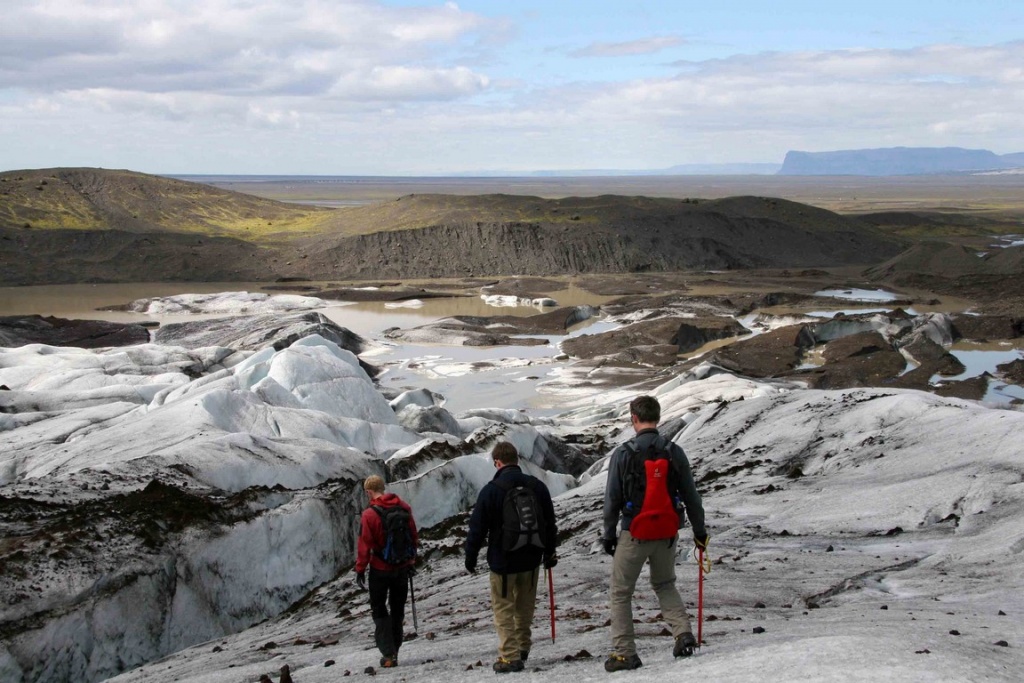

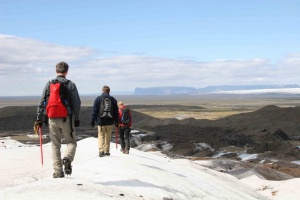
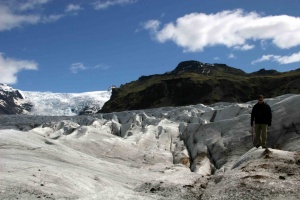
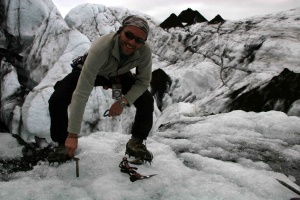
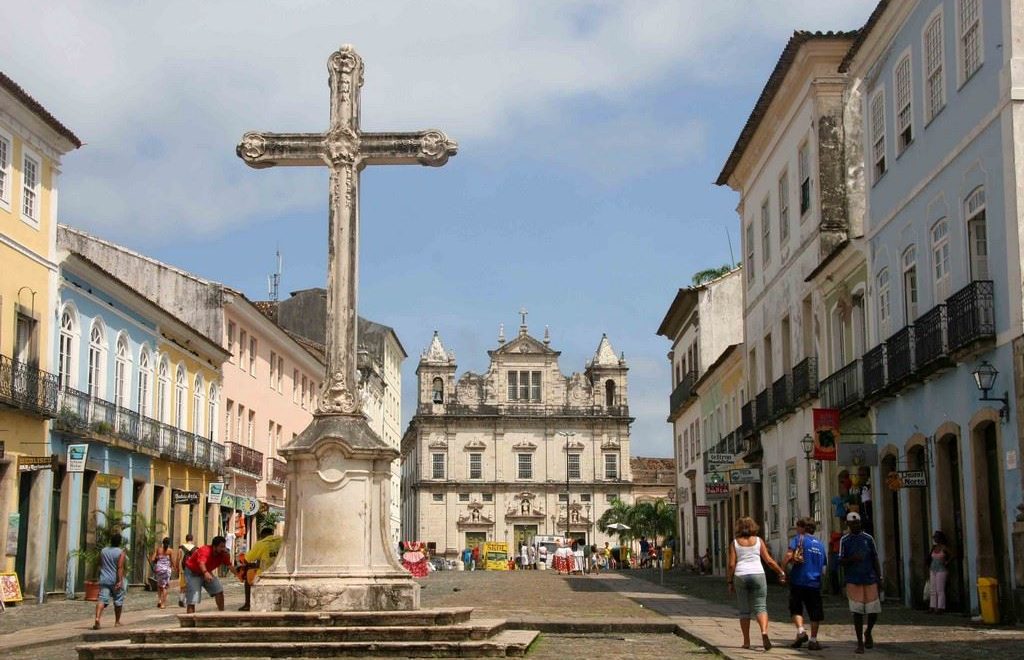
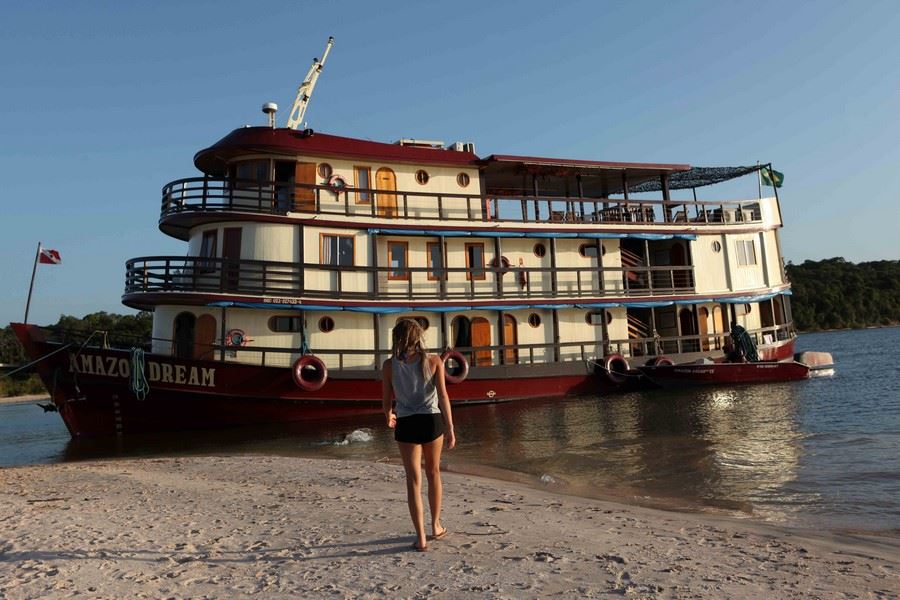


A civilisation without marriage and prostitution